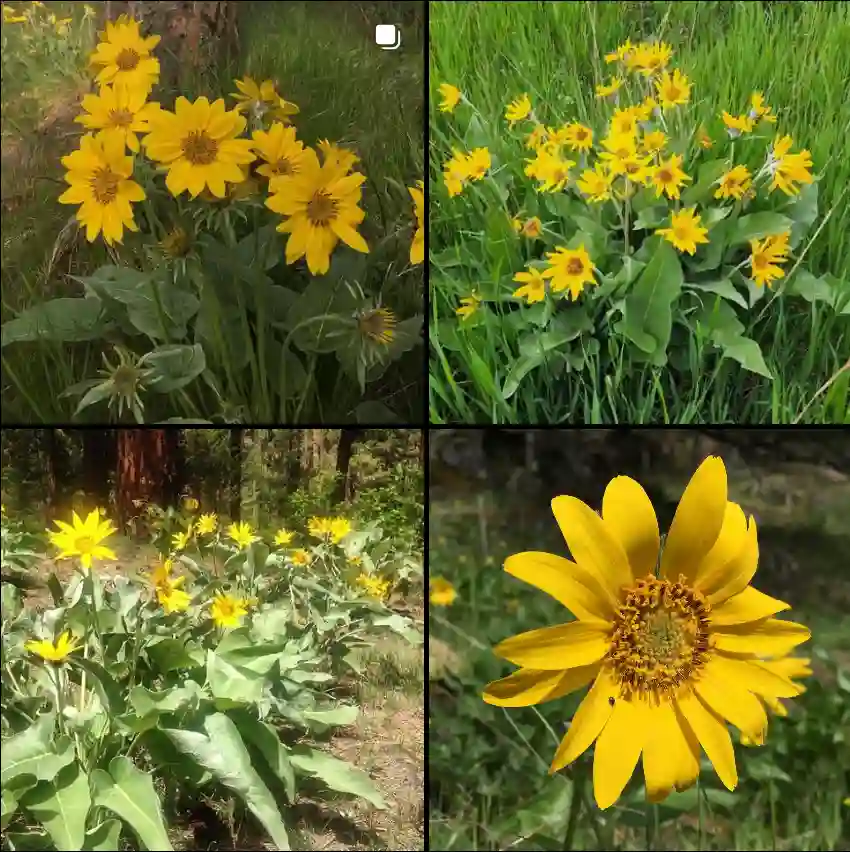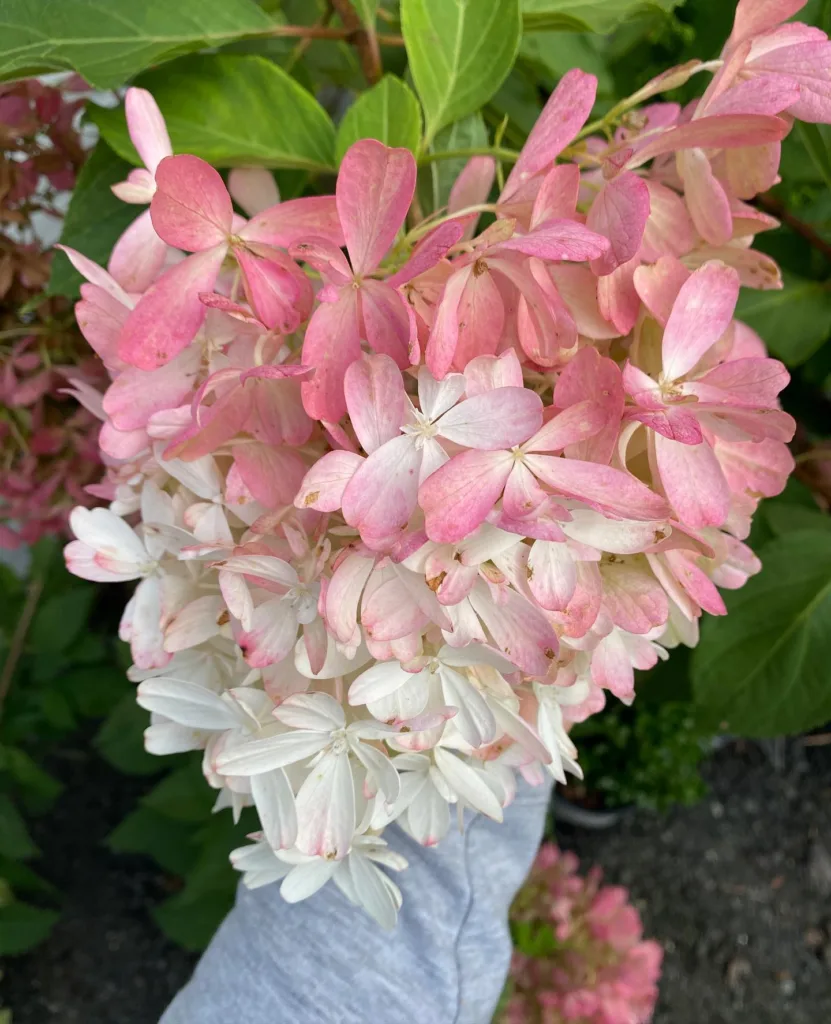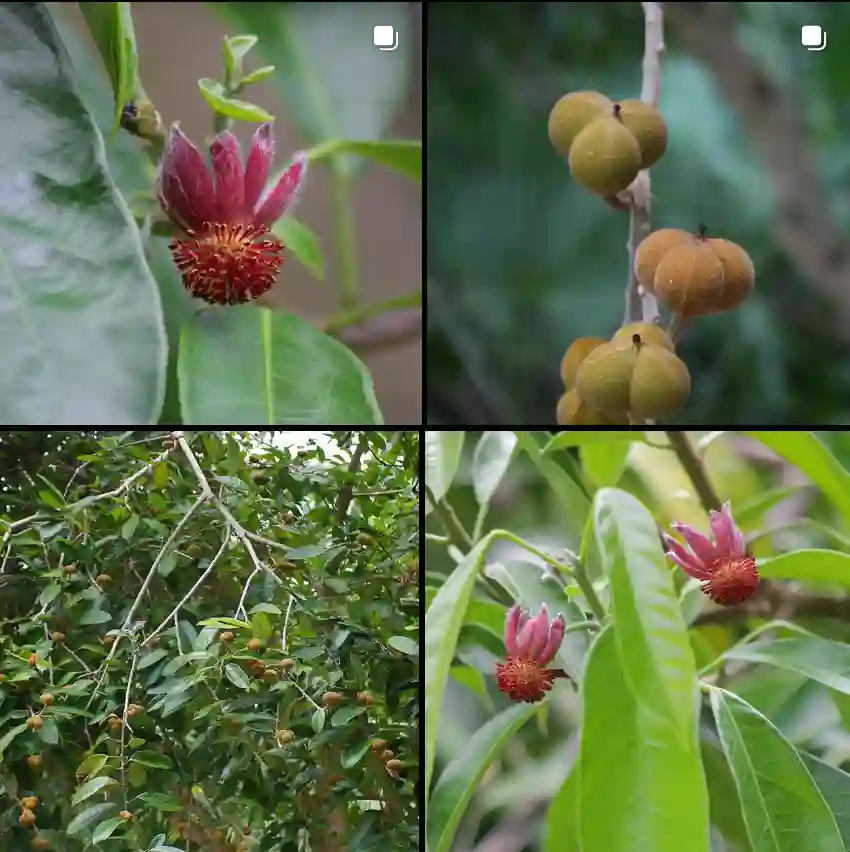Frequently Asked Questions About Rosa Carolina
Rosa Carolina, also known as Carolina Rose, is a native wild rose found in the eastern United States. It’s admired for its delicate beauty and adaptability. As a passionate gardener and plant enthusiast, I’ve come across several common questions about Rosa Carolina. In this article, I’ll address some of the most frequently asked questions and share my insights on this charming plant.
391 Species in Genus Rosa
Are Rosa Carolina Fragrant?
One of the most common questions I get is about the fragrance of Rosa Carolina. Yes, Rosa Carolina does have a pleasant scent, though it’s not as strong as some other roses. The fragrance is subtle and sweet, with a hint of classic rose scent that makes it a delightful addition to any garden. If you’re looking for a rose with a powerful fragrance, you might want to consider other varieties, but Rosa Carolina’s gentle aroma adds a touch of elegance to its presence.
How to Distinguish Rosa Carolina from Rosa Palustris?
Identifying Rosa Carolina can sometimes be tricky, especially when it’s compared to similar species like Rosa Palustris, also known as the Swamp Rose. Here are a few tips to help you tell them apart:
- Leaf Shape and Size: Rosa Carolina generally has smaller leaflets compared to Rosa Palustris. The leaflets of Rosa Carolina are usually lance-shaped with serrated edges, whereas Rosa Palustris has slightly larger, broader leaflets.
- Flower Color: While both roses produce pink flowers, Rosa Carolina often has a softer, lighter pink, and sometimes almost white flowers. Rosa Palustris tends to have more vibrant and deeper pink flowers.
- Growth Habitat: Rosa Carolina prefers dry to moderately moist soils and is often found in open woods and meadows. Rosa Palustris, as the name suggests, prefers wet, swampy areas and can often be found in bogs and marshes.
How to Tell the Difference Between Rosa Carolina and Rosa Multiflora?
Rosa Multiflora, or Multifloral Rose, is another species that can be confused with Rosa Carolina. Here’s how you can differentiate them:
- Flower Clusters: Rosa Multiflora is known for its profuse clusters of small, white to pink flowers. These clusters can cover the plant densely, giving it a more bushy appearance. Rosa Carolina, on the other hand, typically has single or sparse clusters of flowers, making its blooming less dense.
- Growth Habit: Rosa Multiflora tends to be more aggressive and can spread quickly, often becoming invasive. Rosa Carolina is more restrained and less aggressive in its growth, making it easier to manage in the garden.
- Thorns: Both roses have thorns, but Rosa Multiflora often has more numerous and longer thorns compared to the smaller, less frequent thorns on Rosa Carolina.
When Does Rosa Carolina Bloom?
Rosa Carolina usually blooms in late spring to early summer. In my garden, I’ve noticed that it starts producing its beautiful pink flowers around late May and continues into June. The blooming period is relatively short but intense, with each flower lasting about a week. The rose’s blooming time can vary slightly depending on the local climate and growing conditions.
Rosa Carolina vs Rosa Virginiana
When comparing Rosa Carolina to Rosa Virginiana, also known as Virginia Rose, here’s what I’ve observed:
- Size and Growth: Rosa Virginiana tends to be larger and can grow up to 6 feet tall, whereas Rosa Carolina usually reaches around 3 to 4 feet. Rosa Virginiana also has a more spreading growth habit, while Rosa Carolina is more upright.
- Flower Color: Both roses have pink flowers, but Rosa Virginiana’s flowers can be slightly darker and more vibrant compared to the softer pink of Rosa Carolina.
- Leaf Characteristics: Rosa Virginiana’s leaves are generally larger and have more pronounced serrations compared to the finer, more delicate leaves of Rosa Carolina.
What to Plant With Rosa Carolina?
When planning a garden, pairing Rosa Carolina with complementary plants can enhance its beauty. I’ve found that it pairs well with:
- Echinacea (Coneflower): Their bright, contrasting colors and similar growing conditions make a lovely combination.
- Lavender: The aromatic lavender provides a nice contrast to the subtle fragrance of Rosa Carolina.
- Daylilies: Their bold, colorful blooms and robust nature complement the delicate roses.
Can You Grow Rosa Carolina Indoors?
Growing Rosa Carolina indoors is challenging due to its need for ample sunlight and space. It’s primarily suited for outdoor gardens where it can spread and thrive. If you’re set on growing roses indoors, you might want to consider miniatures or hybrid varieties that are better adapted to indoor conditions.
Is Rosa Carolina Toxic?
Rosa Carolina is not known to be toxic to pets or humans. It’s safe to have around children and animals, though, like any plant with thorns, care should be taken to avoid injury.
Benefits of Rosa Carolina
Rosa Carolina not only adds beauty to your garden but also supports local wildlife. Its flowers attract pollinators like bees and butterflies, and its hips (seed pods) are a food source for birds. Additionally, Rosa Carolina is relatively low-maintenance and drought-tolerant, making it a great choice for a variety of garden settings.
Common Problems
One common issue with Rosa Carolina is its susceptibility to rose diseases like black spot and powdery mildew. Regular monitoring and good garden hygiene can help prevent these problems. Ensuring proper spacing and airflow around the plant also reduces the risk of disease.
In conclusion, Rosa Carolina is a charming and versatile rose that can add elegance to any garden. By understanding its characteristics and care needs, you can enjoy its beauty and benefits for many years.
If i die, water my plants!



